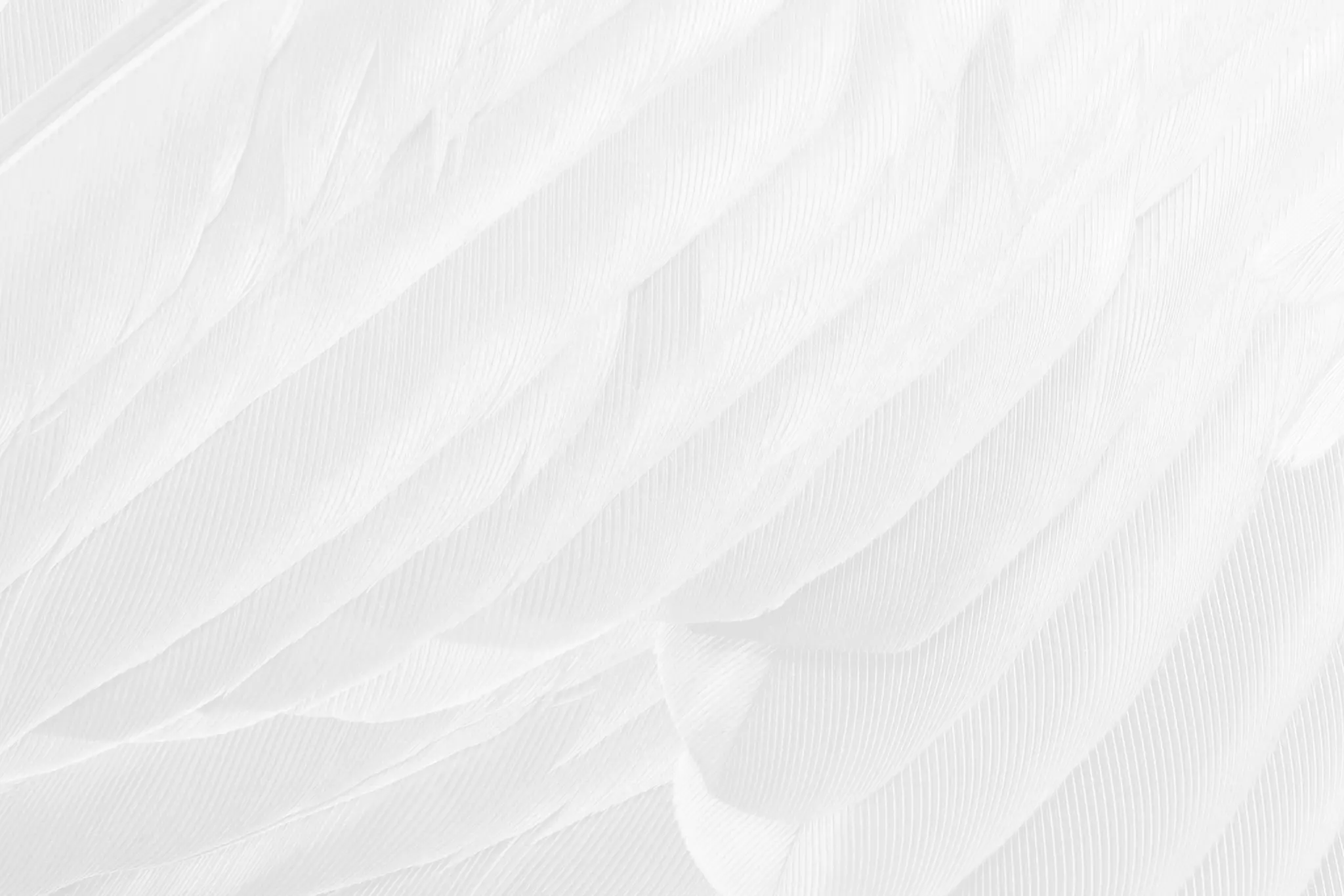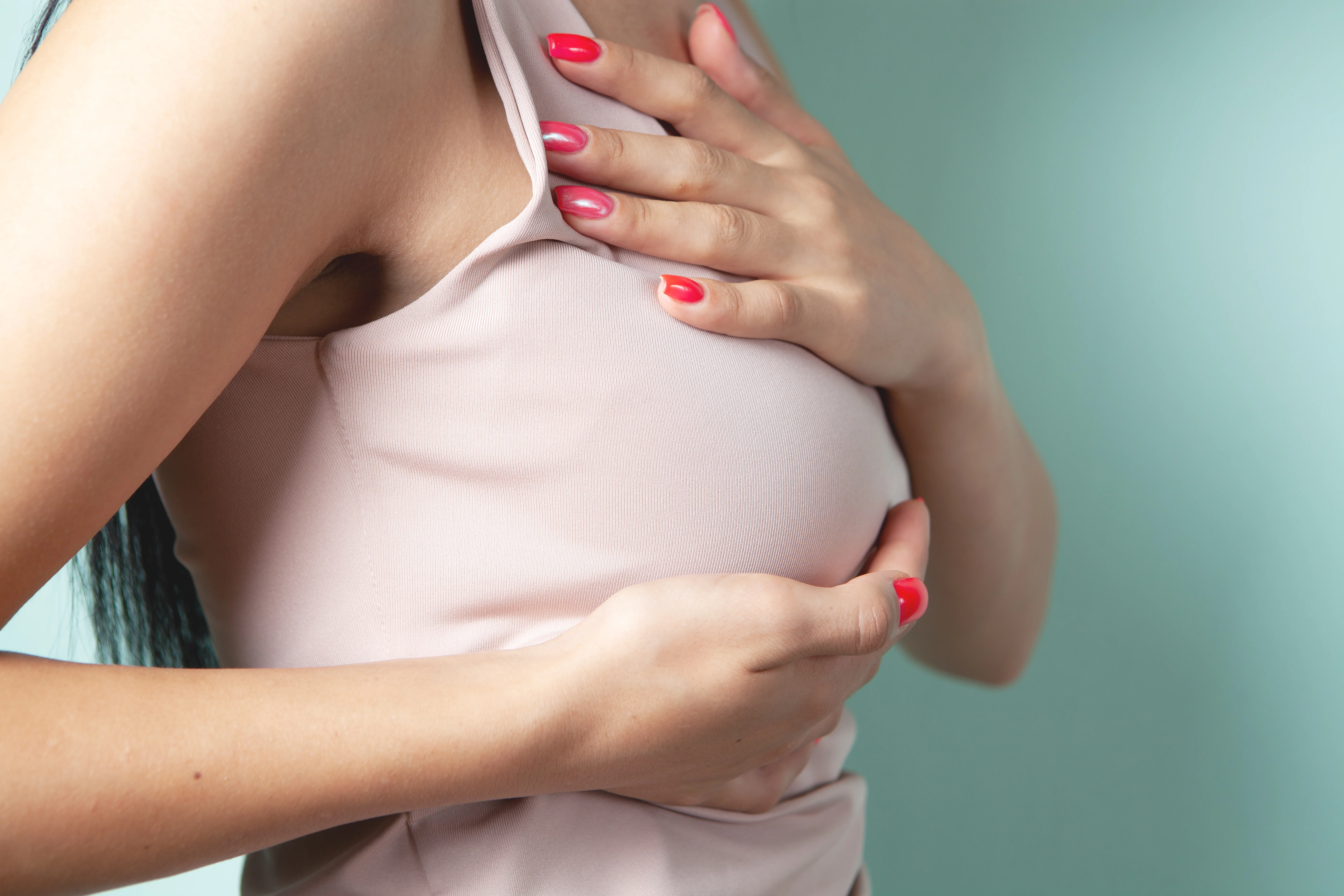Recovery After Breast Fat Transfer: What You Should Know

Fat grafting to the breasts is a powerful way to enhance volume naturally using your body’s own fat. But just like any surgical procedure, recovery plays a major role in the final results. Here’s what to expect after your procedure, straight from Dr. Aimé.
Compression Garments and Support Bras
All patients undergoing liposuction — even if it’s only to harvest fat for grafting — are placed in a compression garment for two weeks. This helps:
- Control swelling
- Reduce overall discomfort
- Encourage excess tumescent fluid to naturally drain out
For the breasts, patients are fitted into a supportive post-surgical bra:
- It helps relieve the feeling of heaviness
- Has thicker straps and band for comfort
- Avoids tight compression to protect the delicate newly grafted fat cells
Sleeping Position Matters
Just like with a Brazilian Butt Lift (BBL), you can’t put pressure on the grafted area. That means:
- No sleeping on your stomach or sides for six weeks
- You’ll need to sleep on your back to protect the fat cells and promote even healing
Showering Guidelines
You’re allowed to shower the day after surgery, and are expected to shower by day three at the latest. This helps:
- Keep surgical sites clean
- Lower the risk of infection
Movement and Activity
Early mobility is important:
- Light walking is encouraged within the first few days
- This helps prevent blood clots in the legs
However, vigorous activity must be avoided for the first two weeks:
- No workouts or exercise that significantly raise your heart rate or blood pressure
- Light neighborhood walks are okay — but no hiking, biking, or running
When Can You Exercise Again?
After the first two weeks, most normal activity can resume. But there’s a caveat:
- No bouncing activities (like jogging or running) for six weeks
- If you’re a runner, you’ll need to hold off to protect fat cells that are still settling in
- After six weeks, you can resume high-impact movement with a very supportive bra
Diet: Fuel for Healing
Dr. Aimé recommends a high-protein diet during the first six weeks post-op:
- Protein supports tissue repair from liposuction
- It also improves fat graft survival and integration
Final Takeaway
Fat transfer to the breasts offers a beautiful, natural result — but the healing process is just as important as the surgery itself. Following these post-op instructions can help you:
- Minimize complications
- Maximize graft survival
- Support long-lasting results
For personalized advice or questions about fat grafting recovery, always consult your surgeon directly. If you’re preparing for this procedure, save this guide and refer back during each stage of your healing journey.
Our surgical and non-surgical treatment options
Ready to start your transformation?
Whether you’re just beginning to explore your options or have specific goals in mind, we’re here to guide you with expertise and compassion.

Read more articles

What to Do If Your Saline Breast Implant Ruptures?
If your saline breast implant ruptures, you’ll notice right away. Learn why it happens, how common it is, and how long you have to replace it to maintain your results.

Choosing the Best Breast Implant Plane for You: Subglandular, Subfascial, or Submuscular?
Choosing the right placement for your breast implants — above the muscle, under the fascia, or below the muscle — is one of the most important steps in breast augmentation. Each option has unique benefits, from recovery and appearance to exercise considerations and long-term risks. This guide explains the differences in plain language so you can feel confident making the choice that’s right for you.

Does Submuscular Breast Implant Placement Affect Pectoralis Muscle Function?
Curious how placing breast implants under the muscle affects chest strength? Dr. Victoria Aimé explains what happens to the pectoralis major during submuscular breast augmentation, what functional changes to expect, and who might notice the difference.

What Does “Half Under the Muscle” Mean in Breast Augmentation?
“Half under the muscle” breast augmentation is trending in pop culture—but what does it actually mean? In this post, Dr. Victoria Aimé explains the surgical reality behind the phrase, breaking down the dual plane technique, who it’s for, and why it matters for natural-looking breast augmentation results.
